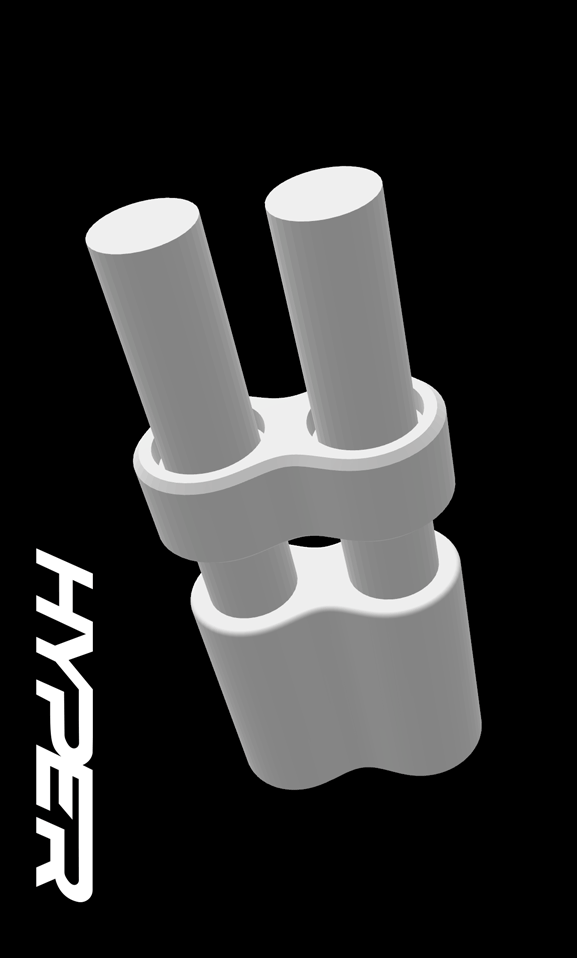About kENYON6
We seek to assess and assess the relationship between networks and physical spaces. The wandering between physical and digital spaces and back is everywhere we go - supermarket, gym, restaurant, nursing home, kindergarten, municipality and more. The way we examine these relationships is closely related to the naturally-occurring, personal and network-generated conversion and disruption of being a space without physical boundaries and the increasing use of artificial intelligence technologies. In addition, the way Internet space has become an integral part of digital aesthetics. We chose the term "mall" to look at all of these.
From the beginning of the creation of the mall, the layout of its architectural space had an important role in managing the time of the wandering body. With the exchange of fairs and street markets in engineered mall spaces, a similar takeover movement of commerce and the Internet space can be seen today as the malls are replaced. The canyon withdrawal stream can be seen as another expression of the extinction of the actual public space.
The malls were shaped by the new landscape of urbanism that allowed more and more private buildings and malls in the urban periphery. In this new city our malls are increasingly "social" in nature. Common land is a common space, so malls and cafes are part of the natural city environment.
Malls, social spaces and the social network are all very different concepts. Despite this, all three have been described by psychologists as areas with particular attributes and abilities for connecting people and communities. As a result, the social network functions on a "nucleus," a particular type of space that functions as a type of nerve that communicates independently around a common base.
"That's the big question. How do we use it to our advantage in the social space and make it more entertaining and engaging?" Says Dominguez-Blue, the mall's collections director and a member of the University of California's Creative and Social Arts Group, Berkeley, the University of Illinois at Urbana-Champaign, and Stanford University.
"We are interested in how these works of art can be integrated into the broader social, political, cultural and emotional context to be an integral part of this context," she explains by phone from her San Francisco office.
This is not the first time an artwork at the mall has been explored in more depth by social scientists. In 2011, in collaboration with artist and activist Naomi Wiltshire, the National Museum of the American Indian opened their annual "Art in the Mall" symposium at the mall which created many echoes around the world.
It is a forum that encourages citizens to engage in and disrupt these contexts because there has always been a greater emphasis on the more spiritual and religious aspects of shopping rather than the conversion between physical and digital spaces. In order to make shopping feel like a spiritual experience, it is necessary for a private property partner in the form of a spiritual guide. In recent years, the canyon feel has become more manageable, but that does not mean the mall needs to lower the ax. Many have tried and tried to make it more spiritual, and even more spiritual, but they always seem to fail.
-Lior Waterman and GPT-2-
ֿ










